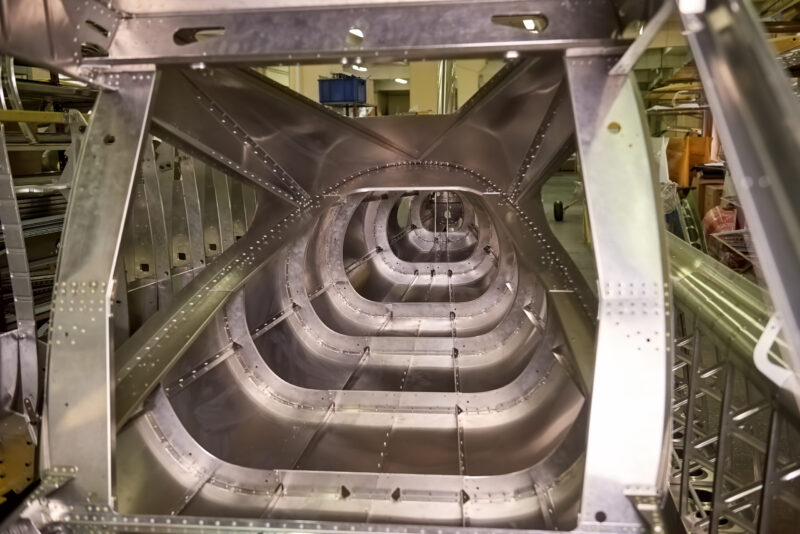
Stainless steel products have many uses across several industries. Many of those uses are things that we run into every day, but there are others that are rather more specialized.
Read More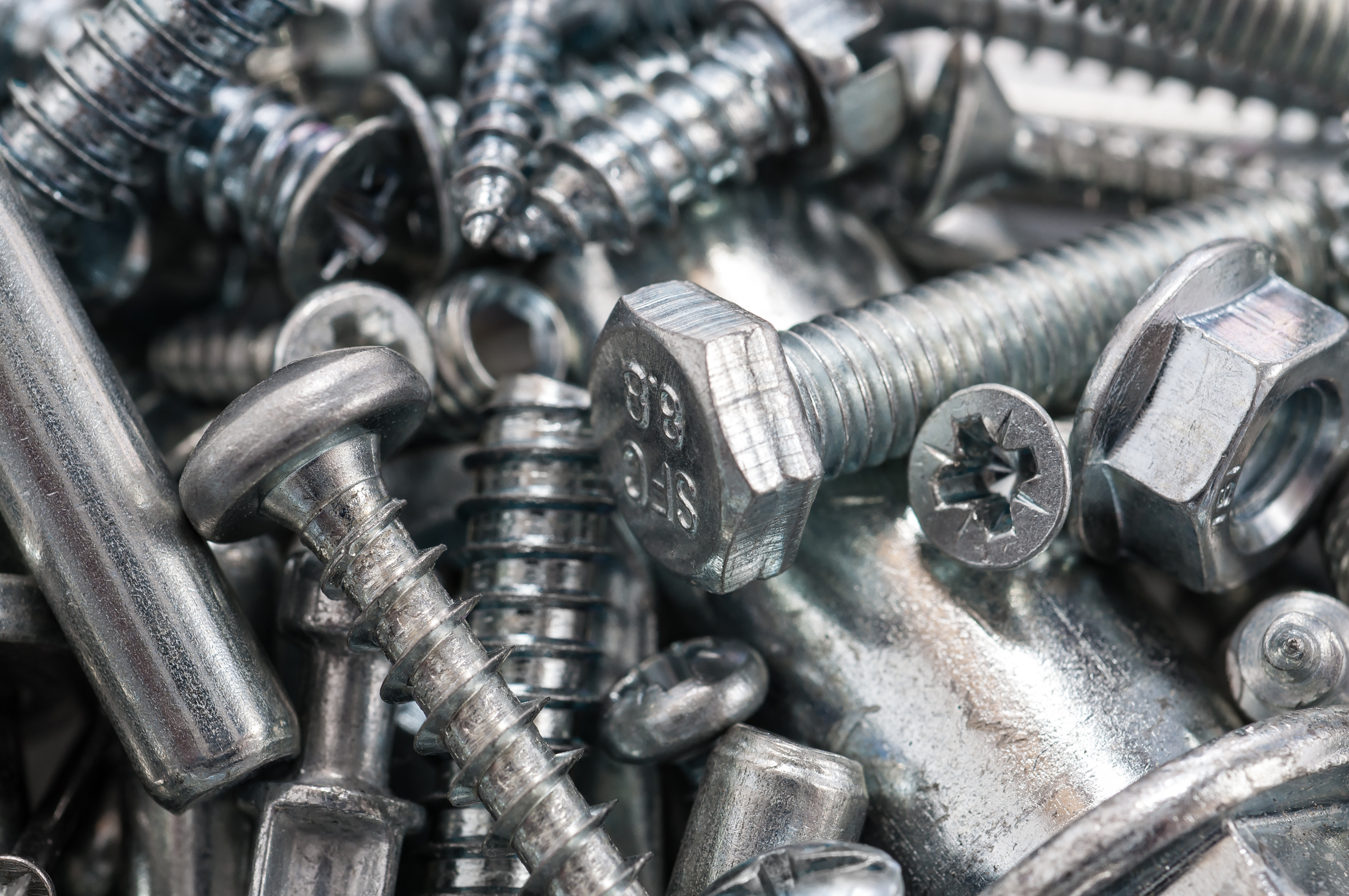
Stainless steel is everywhere. We find it in everything from household objects to specialized equipment. At Alliant Metals, we supply stainless steel products for many industries, each with their own unique requirements.
Read More
303 and 304 are two of the most common grades of the 300 series. Here’s how they’re different and what they’re used for.
Read More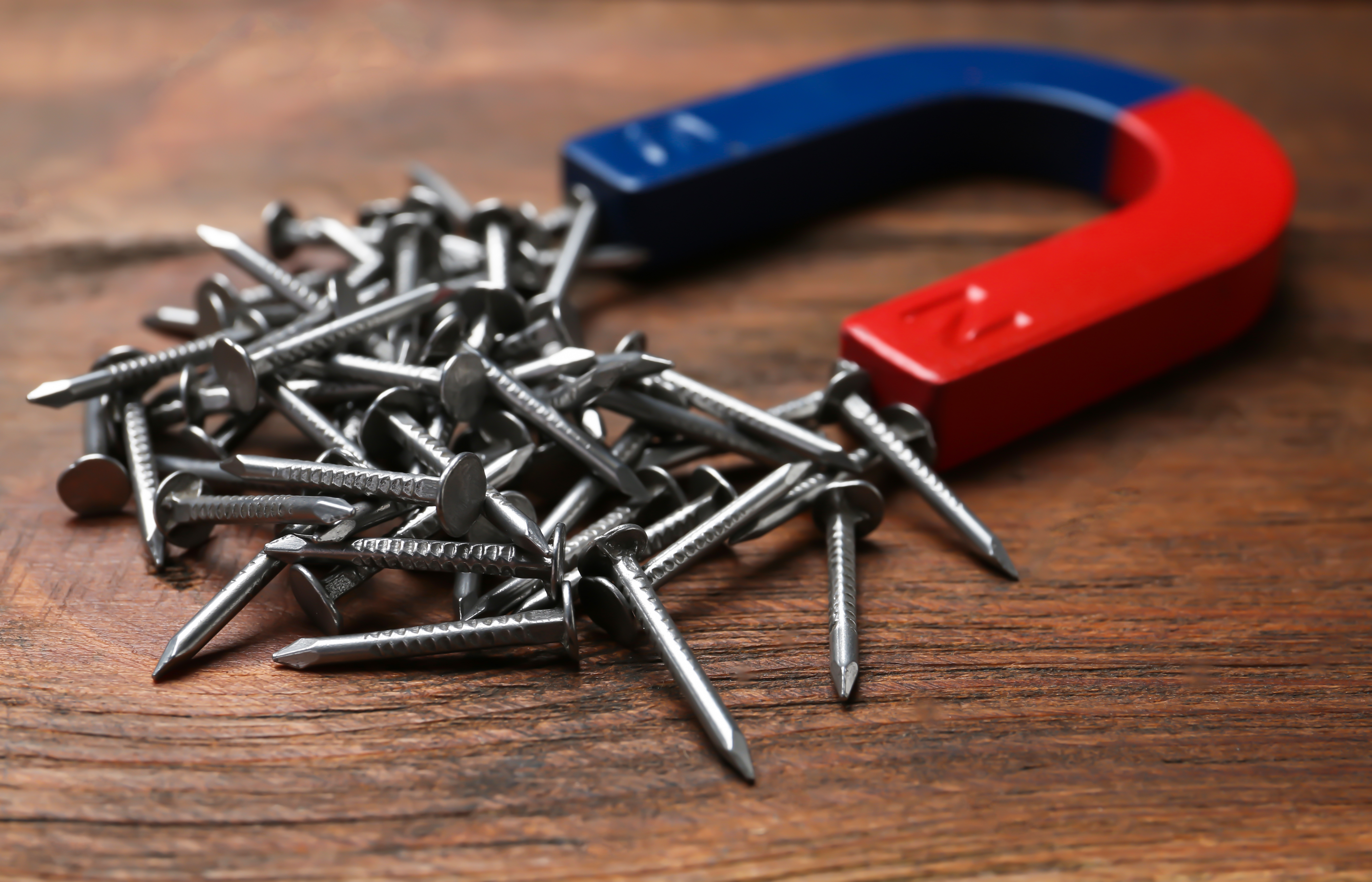
Did you know that not all stainless steel products are magnetic? Let’s find out which types of stainless steel are magnetic and why.
Read More
What makes stainless steel stainless? Read this to find out why stainless steel stock is nice and shiny compared to other steel and metals.
Read More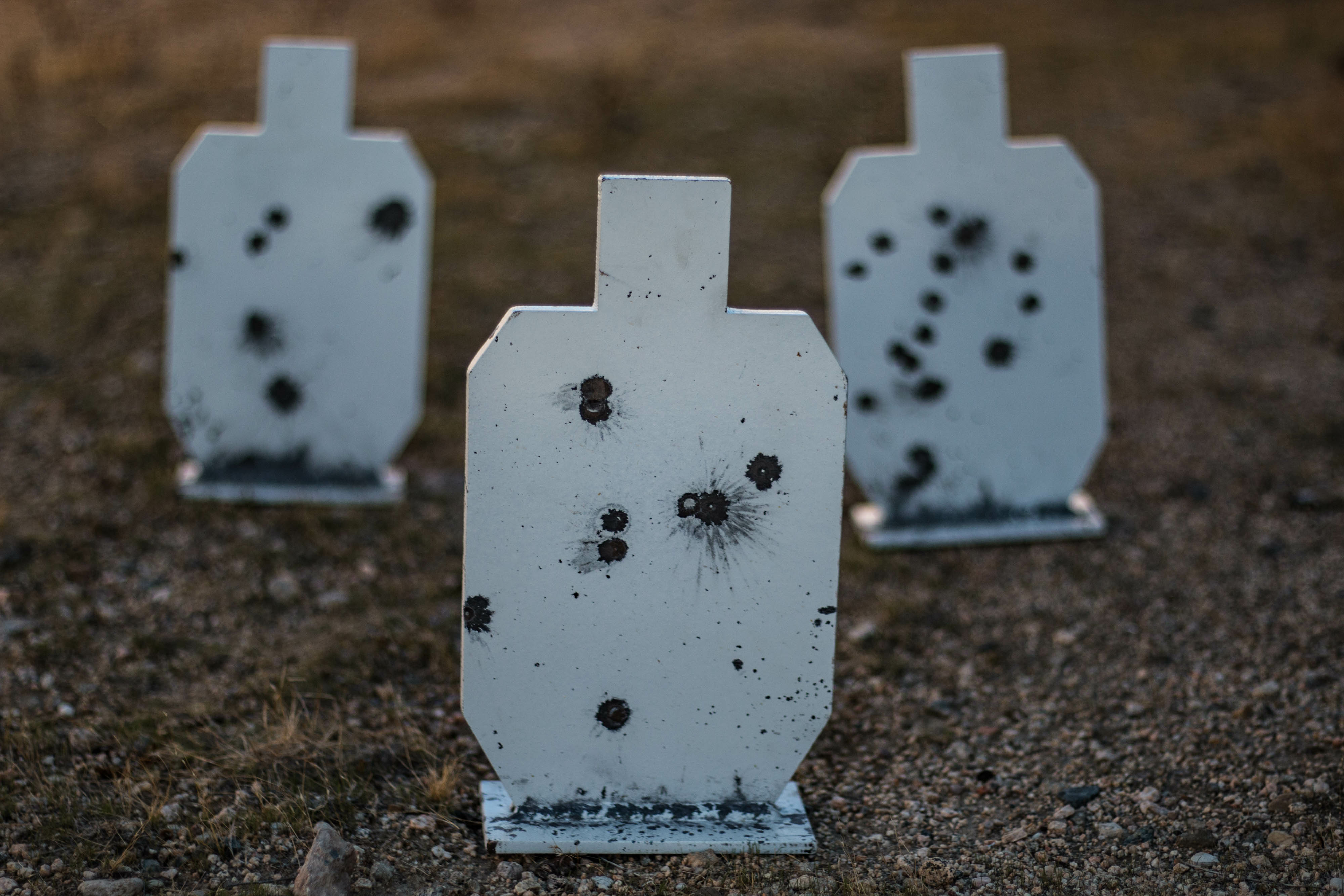
AR500 steel targets are a common choice for target practice. If used correctly by people who know what they’re doing, they are a safe option.
Read More
316 stainless steel is what we use when we need equipment that holds up, no matter the environment. Check out where you’ll find this alloy.
Read More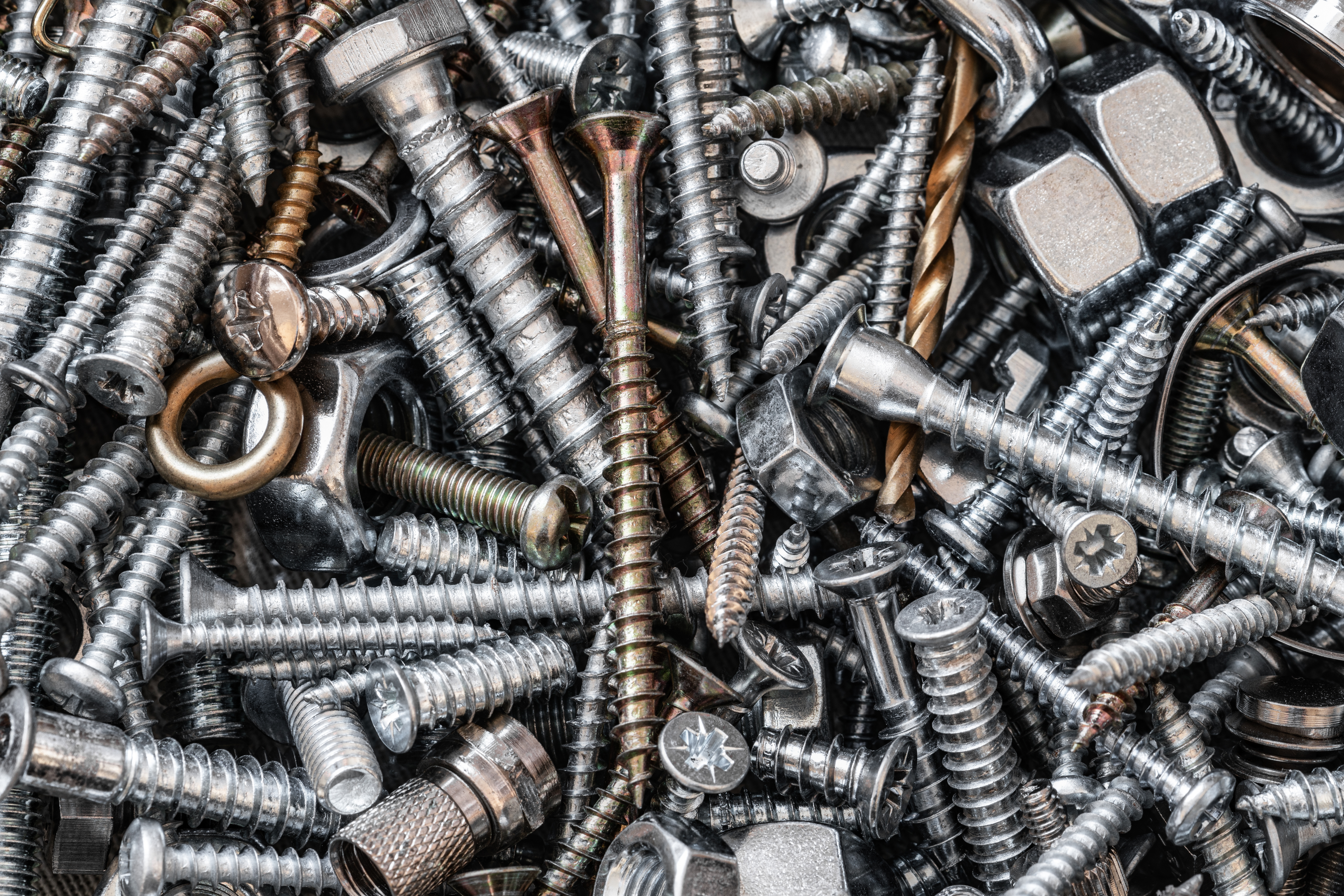
410 stainless steel is a grade that has many uses across several industries. Read on to learn what makes 410 so versatile.
Read More
As you probably know, there are several different types and grades of stainless steel. But do you know which type you’re most likely to find? That would be 304 stainless steel.
Read More
Stainless steel has been around for over 100 years, and in that time it has gone through a lot of development. Through the course of that development, different grades of stainless steel have been introduced for different purposes.
Read More